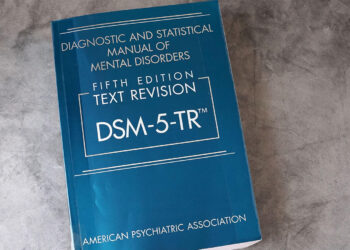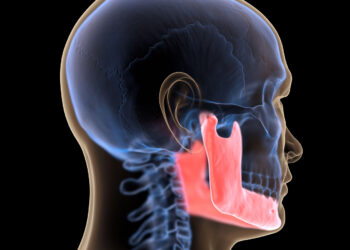Catheter ablation procedures involving transseptal puncture — typically used to treat atrial fibrillation — are often linked to migraine-like visual auras, though the underlying cause has been unclear.
New evidence suggests these auras may stem not from the puncture itself but from acute, procedure-related brain emboli affecting the visual cortex.

“These research findings have two distinct clinically relevant implications,” senior author Gregory Marcus, MD, MAS, cardiac electrophysiologist and endowed professor of atrial fibrillation research, University of California San Francisco (UCSF), told Medscape Medical News.
“First, they suggest that migraine symptoms with visual auras are less likely to be due to shunting of some neuroactive compound across interatrial septal defects and more likely occur as a result of occlusion of blood flow due to brain emboli,” Marcus said.
“Second, these findings demonstrate that, contrary to a long-held belief that these post-ablation MRI-detected small brain lesions are asymptomatic — in fact, they are often referred to as ‘asymptomatic cerebral emboli’ or ‘ACEs’ — these small acute brain lesions actually can, and perhaps often do, manifest in clinical symptoms,” he added.
“This finding could change the whole paradigm of treatment, perhaps focusing more on prevention of blood clots,” he added in a statement.
The study was published online on July 7 in the journal Heart Rhythm.
Brain Injury From Catheter Ablation?
The TRAVERSE trial enrolled 146 adults undergoing catheter ablation for ventricular arrhythmias; 74 were randomly allocated to ventricular access via transeptal puncture (creating a new, temporary hole between the left and right atria) and 72 to a retrograde approach (through the aortic valve, not requiring transseptal puncture).
All patients underwent high-resolution brain MRI the day after ablation and 63 (85%) in the transseptal group and 57 (79%) in the retrograde group completed a validated migraine questionnaire, a median of 38 days after the procedure.
There was no difference in post-ablation visual auras between the transseptal and retrograde aortic approaches (16% and 14%, respectively).
However, significantly more patients with acute brain emboli in the occipital or parietal lobes reported migraine-related visual auras (38% vs 11%; P < .01).
After multivariable adjustment, the presence of acute brain emboli in the occipital or parietal lobes was associated with a 12-fold greater likelihood of visual auras.
The data show that these post-ablation brain lesions are not “clinically silent,” first author Adi Elias, MD, cardiac electrophysiology fellow at UCSF, noted in the statement. “It may be the case that we haven’t known what to look for and assessed for symptoms immediately without enough time for the subsequent visual auras that would occur,” Elias said.
Marcus elaborated on this point. He noted that prior studies have demonstrated that these small post-catheter ablation MRI-detected lesions can no longer be detected upon repeat imaging about a month later, demonstrating that the ability to detect these brain emboli is fleeting.
“Prior studies failed to demonstrate a relationship between migraine with visual aura and acute brain emboli, but perhaps they were too late to detect ephemeral MRI findings because the MRI had to be ordered and performed after symptoms develop,” Marcus said.
The TRAVERSE study is “unique in that everyone had a brain MRI immediately after their catheter ablation procedure and likely in most, if not all cases, prior to the development of their visual aura symptoms,” he noted.
Importantly, said the researchers, the presence of brain emboli and visual auras was not associated with any significant change in cognition. Marcus said patients can be reassured that procedure-related brain emboli and visual auras typically fade within a month of the procedure.
An Under-Recognized Condition
Reached for comment, Mina Chung, MD, president of the Heart Rhythm Society, who wasn’t involved in the study, told Medscape Medical News the occurrence of visual auras after ablation may be “under-recognized.”
The fact that a prior history of visual auras was associated with visual auras at 1 month after the procedure, “suggests some preexisting tendency toward such symptoms after these procedures,” said Chung, with the Department of Cardiovascular Medicine, Heart, Vascular, and Thoracic Institute, Cleveland Clinic, Cleveland.
“Reassuringly, there were no detectable differences in neurocognitive function,” said Chung.
This trial was funded by a grant from the Patient Centered Outcomes Research Institute (PCORI). Marcus is a consultant for and owns equity in InCarda and receives research funding from the National Institutes of Health and PCORI. Chung had no relevant disclosures.
Source link : https://www.medscape.com/viewarticle/post-ablation-visual-auras-sign-transient-brain-injury-2025a1000iro?src=rss
Author :
Publish date : 2025-07-16 09:53:00
Copyright for syndicated content belongs to the linked Source.











